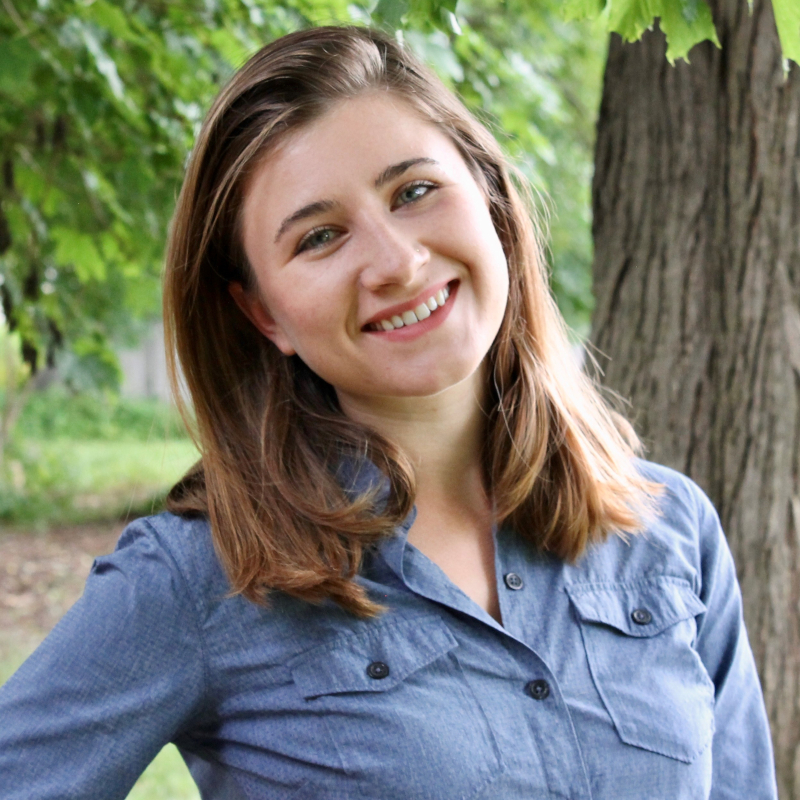A new issue of Philosophical Transactions of the Royal Society B is dedicated to the life’s work and memory of Professor Dame Georgina Mace DBE FRS (1953–2020). The issue, edited by Jon Bridle, Andrew Balmford, Sarah Durant, Richard Gregory, Richard Pearson and Andy Purvis, brings together a set of papers by leading researchers that can be traced back to – and were inspired by – Georgina’s work, a part of her legacy.

In this blog, one of the organisers, Professor Richard Gregory (RSPB Head of Monitoring, Conservation Science), tells us more about Georgina and this theme issue.
About Georgina
Georgina Mace was an amazing individual and a profoundly influential scientist in biodiversity research and conservation. She completed a PhD at Sussex in 1979 and from 1986 to 2006 worked at the Zoological Society of London, becoming Director of Science from 2000 to 2006. Here, she was instrumental to the design of many indicators of the state of nature that are now used routinely to measure progress towards meeting international biodiversity targets. These included the Red List Index, which quantifies changes in the level of extinction risk of species, and the Living Planet Index, which captures abundance trends of monitored vertebrate populations. Each of these is foundational in nature conservation and the ongoing use these pioneering metrics is reviewed in this special issue.
Georgina moved to Imperial College London in 2006 to become the Director of the Centre for Population Biology at Silwood Park, where among other things she helped galvanise the UK’s commitment to ending ecosystem degradation through her work on the National Ecosystem Assessment. This was where I first met Georgina. Though I was somewhat daunted by the name, Georgina was her usual charming, kind and charismatic self.
In 2012, Georgina moved to University College London to become the founding director of the Centre for Biodiversity and Environment Research (CBER). Here, she continued to combine her fundamental interest in the processes that drive the creation and maintenance of biodiversity with measuring and analysing patterns of biodiversity loss, and leading transdisciplinary research demonstrating and quantifying nature’s value to people. The culture and ambition created by Georgina has allowed CBER and those lucky enough to work there to thrive and flourish. And this is where I worked with Georgina for a short time and got to know her properly.
As touched on above, Georgina devoted her career to measuring and understanding patterns of biodiversity change, their causes and consequences. She developed new understandings of the links between evolution, biodiversity and ecosystem function. She pioneered work on what makes species rare and developed a global standard for assessing species’ extinction risk. Importantly, she added clarity to how biodiversity supports and determines human well-being and developed influential new perspectives on the relationships between people and nature. Georgina showed how major paradigm shifts can occur when disciplines come together - as shown by her work with economists and others on developing the concepts of ecosystem services and natural capital. These insights continue to influence research directly as well as through the culture and cross-disciplinary connections she helped to create.

Recovering nature
The Royal Society discussion meeting upon which the special edition is based was held in London in June 2023 and was entitled ‘Recovering nature: building on Georgina Mace’s work to ensure a biodiverse and liveable future’. The aim of the organisers, all of whom had worked closely with Georgina, was that meeting would highlight the huge influence of her life, work and interests on biodiversity science and nature conservation. The meeting did this through contributions by individuals inspired by Georgina’s work and life - and this new collection of papers is dedicated to her.
We wanted to explore how Georgina’s work had influenced biodiversity research and, crucially, to discuss how these areas should develop over the coming years. To ask, for example, what gaps in our understanding hinder further our progress and what are our most burning research priorities? How can we bring disciplines together to discover new insights? And, most importantly, how can our science help us towards bending the curve of biodiversity loss.
Indeed, it was Georgina who championed the inspirational goal of ‘bending the curve of biodiversity loss’, which runs through this volume. Not only should we slow biodiversity loss, but we must aim to recover nature. To protect and restore a rich and biodiverse planet that can support the health, happiness and prosperity of current and future generations.
Visit our website to read more content from Philosophical Transactions B, or to find out how you can become a Guest Editor for the journal.
Image credits:
Aerial view of the Borneo rainforest. Credit: yusnizam/iStock.
Photograph of Georgina Mace is by Jussi Puikkonen/KNAW, CC BY 2.0, via Wikimedia Commons.




